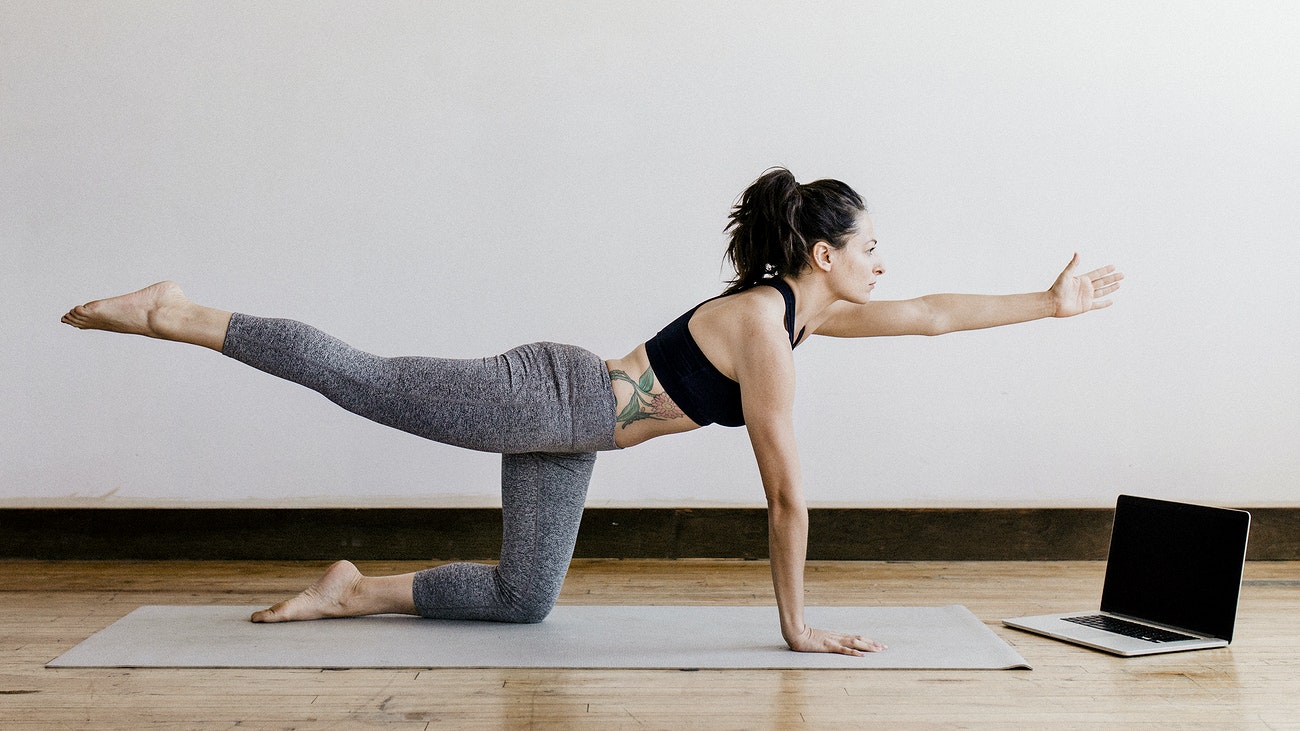
We have all seen someone do an exercise that seems effortless. Exceptional athletes are usually the ones being exemplified for their seeming effortless techniques because they have practiced having the ability to produce the movements better than most. Unfortunately, that is used as our litmus test to how you should perform. A good portion of beginner fitness enthusiasts have at one point said that they have ‘No Coordination’. Is that really true? Why do they perceive themselves this way in many of the exercises they do at the beginning? In many cases, this is also a reason many people quit because they aren’t ‘good’ at anything.
No More Excuses
Why no more excuses? Because you are human and humans have a unique ability to learn new movements/tricks, no matter how old the dog. Some even look like they know what they are doing but are just doing bad techniques with confidence. Unfortunately, an acute or chronic injury may be on the horizon for them, but at least they keep on with their goals.
What you need to know is the human body is made of tiny receptors all over that act as sensors when stress is placed upon it. In movement, or in this case, fitness, any voluntary creation of tension or relaxation calls upon the muscles to do the work while continually sending neural messages to the brain. The brain receives the message and quickly sends a response back. When clients are new to exercise or learning new exercises, those neural pathways send a mixed or inconsistent message. Clients may have difficulty understanding or get into the correct position, may be unable to hold it very long, or don’t ‘feel’ it. That delayed response and what probably feels like the ‘wrong’ position has a lot to do with the body adapting to what it is being asked to do, leaving you feeling unbalanced or having no coordination.
So how do you learn what’s right?
Well, when you don’t know something then it’s usually the time to ask someone that does. A certified trainer is, hopefully, that person you trust to help you walk through the technique. In order to teach the body to remember correct positions, first, have someone observe you. But you must stop the exercise when incorrect positions cannot be maintained. Second, use some sort of assistance to getting into the correct position. An example would be if it’s difficult to stand on one leg then stand next to something stable. Brace yourself as needed when losing your balance.
Next when your feedback improves it’s time to add an increased stimulus while executing, like holding it longer or try closing your eyes. This positive feedback tells the muscles and the brain that this is what it should ‘feel’ like, creating a memory in the pathway. The understanding of where the body is relative to its surroundings is the essence of good coordination. So the next time you begin an exercise and wonder if you are doing it correctly, ask for a little help, don’t shy away from reaching your goals.



